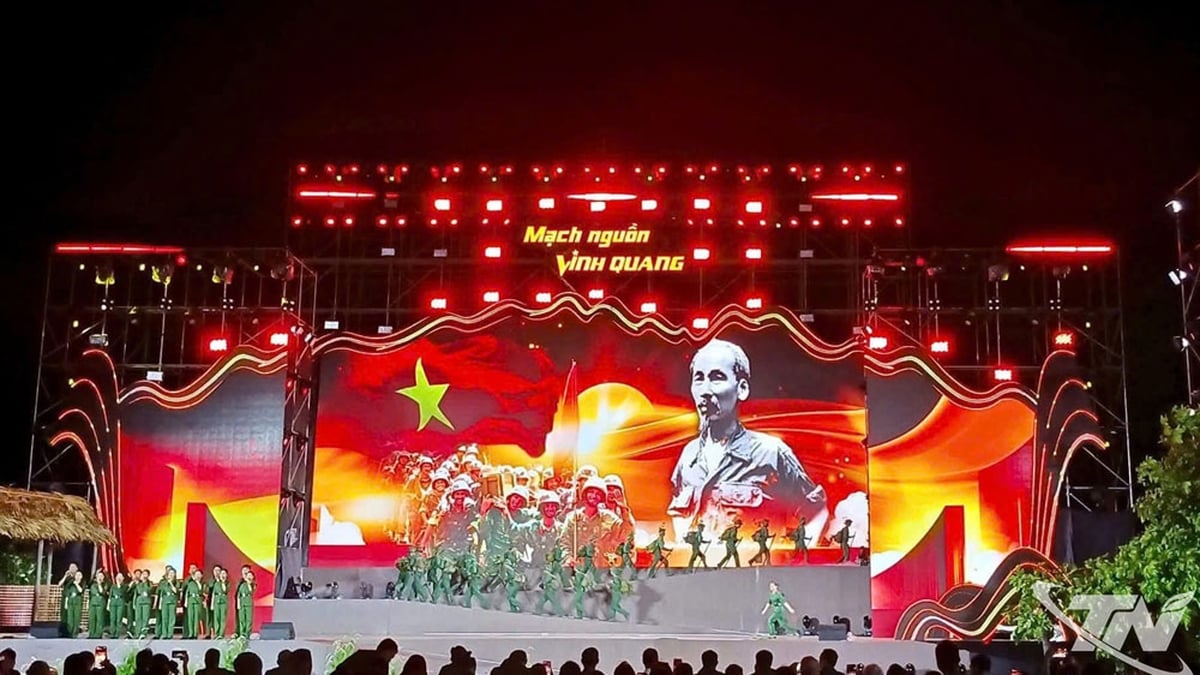On June 16, at the Paris Air Show (France), the European Space Agency (ESA) released spectacular images of the first artificial solar eclipse in human history, not caused by the Moon, but by two small satellites flying exactly 150m apart in space, coordinating precisely to the millimeter.
Instead of waiting years to witness the rare moments when the Moon accidentally blocks out the Sun, scientists can now proactively create solar eclipses that last for hours.
This is the result of the $210 million Proba-3 mission carried out by ESA.
The two satellites, each less than 1.5 meters long, are placed in orbit tens of thousands of kilometers above Earth.
One satellite will block out the Sun, similar to the role of the Moon during a natural solar eclipse, while the other will carry a special telescope to observe the corona - the thin, super-hot layer of gas surrounding the Sun.
To achieve near-perfect synchronization, Proba-3 uses a sophisticated positioning system including GPS, star sensors, lasers and radio waves to automatically calibrate the two satellites' positions to an accuracy of only the thickness of a fingernail.
Damien Galano, the project manager at ESA, described it as “a mechanical feat between two small boxes floating in space” and said “no mission has ever achieved such precision.”
Since last March, Proba-3 has successfully created 10 artificial solar eclipses, including one that lasted up to 5 hours, which is unimaginable compared to a natural solar eclipse that only lasts a few minutes.
When it officially operates from next July, the research team hopes to be able to observe a total solar eclipse for 6 hours at a time.
The team leader, Andrei Zhukov of the Royal Observatory of Belgium, said he and his colleagues were amazed at how detailed the first images of the corona were without the need for complex digital processing. “We could hardly believe our eyes. It was successful on the first try. It was amazing!”
The corona has long been considered the most mysterious part of the Sun. Despite its location on the outer edge, the temperature in this region is hundreds of times higher than the surface of the Sun, a phenomenon that scientists have yet to explain. It is also the source of coronal mass ejections (CMEs), bursts of plasma and magnetic fields that can have a powerful impact on Earth, causing magnetic storms, disrupting power grids, navigation signals, communications, and even creating auroras in the tropics.
Further study of the solar corona is seen as key to space weather forecasting, a field that increasingly affects modern global infrastructure.
Before Proba-3, some missions such as Solar Orbiter (by ESA) or SoHO (by the US National Aeronautics and Space Administration - NASA) used a sunshield dish integrated into the same satellite to simulate solar eclipses.
However, this method has major limitations in terms of viewing angle and image quality in the area near the edge of the Sun.
Proba-3 overcame that shortcoming by separating the dish and telescope on two parallel satellites, allowing clear observations of the Sun's "horizon," an area that had been obscured by most previous missions.
During Proba-3's two years of official operation, ESA expects to produce around 200 artificial eclipses, equivalent to more than 1,000 hours of total solar eclipses, a volume of data greater than centuries of natural eclipses combined.
Mr. Zhukov believes that "this will be a priceless scientific treasure"./.
Source: https://www.vietnamplus.vn/chiem-nguong-nhat-thuc-nhan-tao-dau-tien-trong-lich-su-nhan-loai-post1044777.vnp


































































































Comment (0)